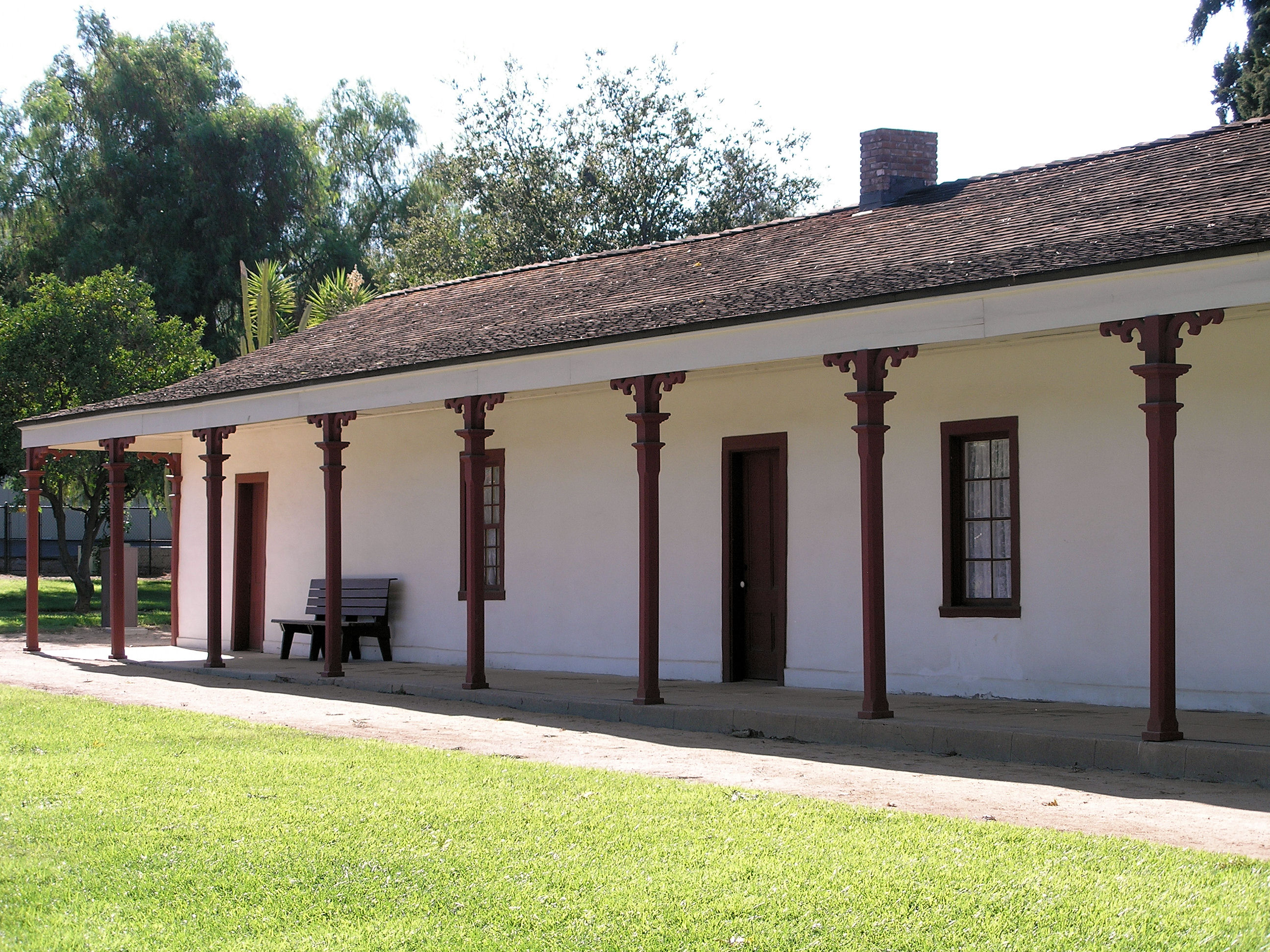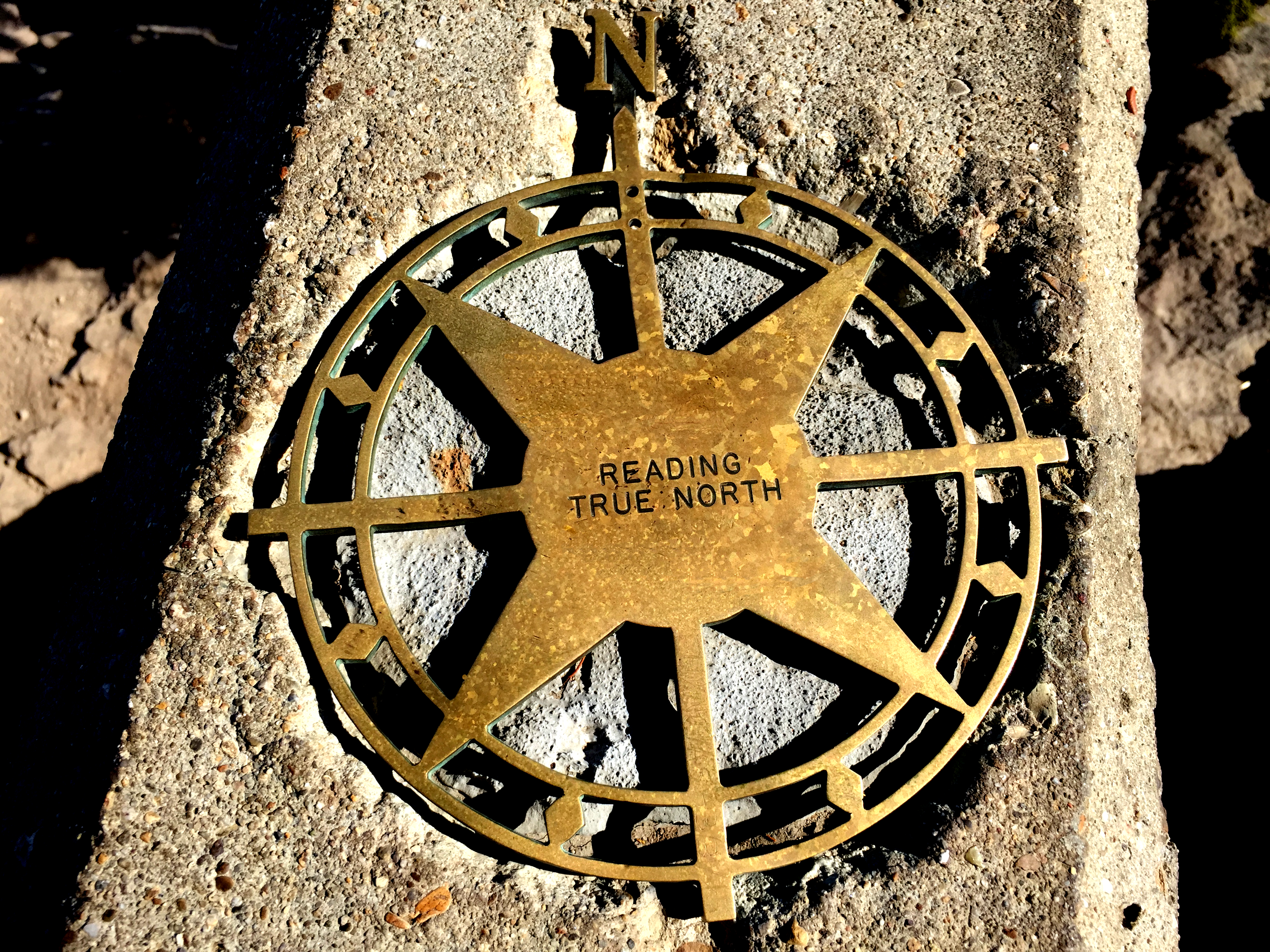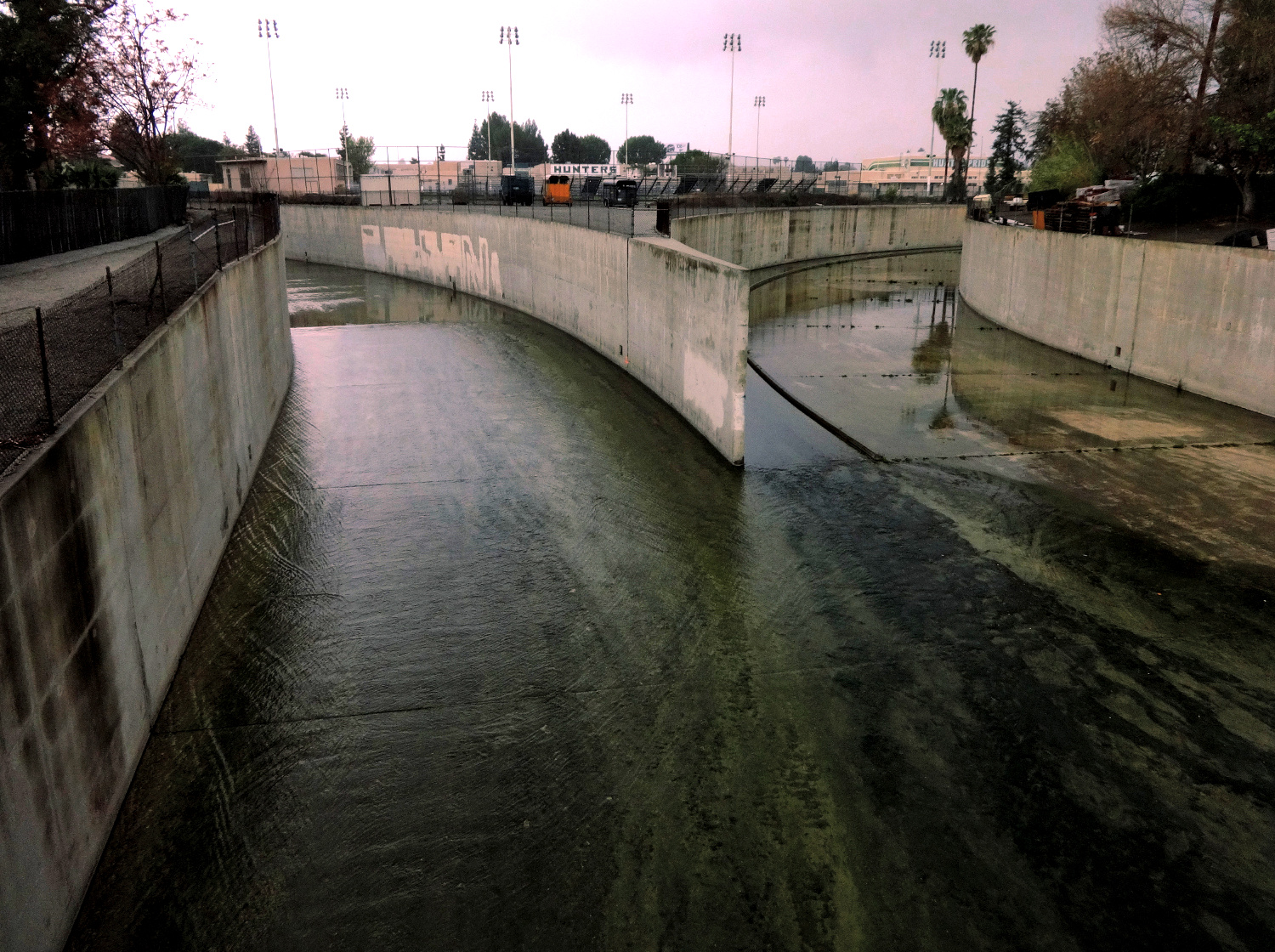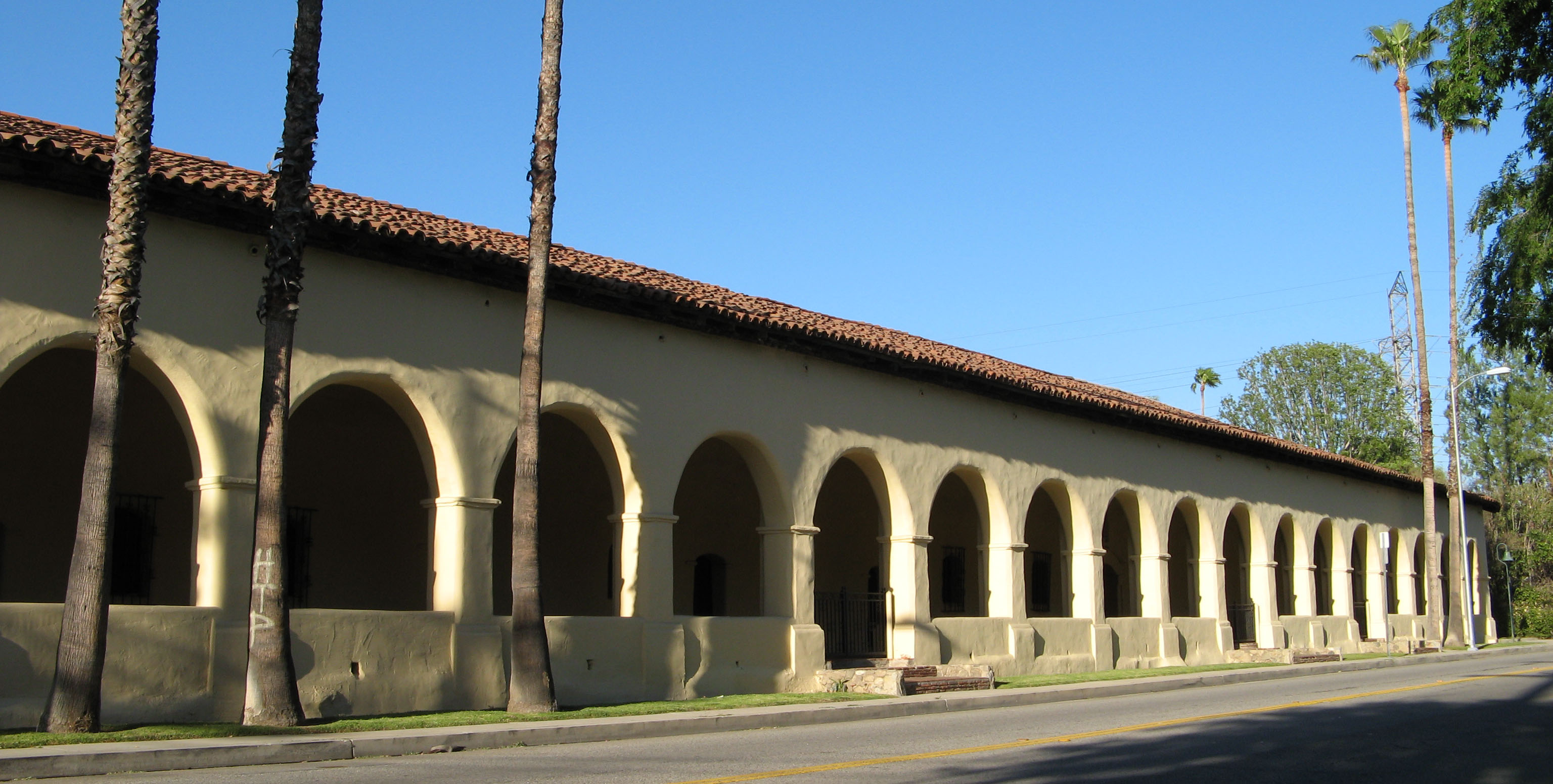|
Rancho Los Encinos
Rancho Los Encinos (also Rancho El Encino and Rancho Encino) was a Spanish grazing concession, and later Mexican land granted cattle and sheep rancho and travelers way-station on the El Camino Real in the San Fernando Valley, in present-day Encino, Los Angeles County, California. The original 19th-century adobe and limestone structures and natural warm springs are now within the Los Encinos State Historic Park. History Origins The name of the rancho derives from the original designation of the Valley by the Portola expedition of 1769: ''El Valle de Santa Catalina de Bononia de los Encinos'', with ''encino'' being the Spanish name for Oaks, after the many native deciduous Valley Oak ''(Quercus lobata)'' and evergreen Coast Live Oak ''(Quercus agrifolia)'' trees across the valley's savannah, which are still found on the park's property. The natural springs on the land were used by the Tongva people. Portola camped here, and the springs were a necessary stop for travel ... [...More Info...] [...Related Items...] OR: [Wikipedia] [Google] [Baidu] |
Limestone
Limestone ( calcium carbonate ) is a type of carbonate sedimentary rock which is the main source of the material lime. It is composed mostly of the minerals calcite and aragonite, which are different crystal forms of . Limestone forms when these minerals precipitate out of water containing dissolved calcium. This can take place through both biological and nonbiological processes, though biological processes, such as the accumulation of corals and shells in the sea, have likely been more important for the last 540 million years. Limestone often contains fossils which provide scientists with information on ancient environments and on the evolution of life. About 20% to 25% of sedimentary rock is carbonate rock, and most of this is limestone. The remaining carbonate rock is mostly dolomite, a closely related rock, which contains a high percentage of the mineral dolomite, . ''Magnesian limestone'' is an obsolete and poorly-defined term used variously for dolomite, for lim ... [...More Info...] [...Related Items...] OR: [Wikipedia] [Google] [Baidu] |
Portola Expedition
Portola may refer to: * ''Portola'' (album), a 1998 album by Rose Melberg * Portola, California * Portola, San Francisco, California People with the surname * Gaspar de Portolá Gaspar de Portolá y Rovira (January 1, 1716 – October 10, 1786) was a Spanish military officer, best known for leading the Portolá expedition into California and for serving as the first Governor of the Californias. His expedition laid t ... (ca. 1717-aft.1784), Spanish soldier, first governor of the Californias (Baja and Alta), explorer and founder of San Diego and Monterey See also * Portola Hills, California * Portola Valley, California * Portola Pharmaceuticals {{disambiguation, geo, surname ... [...More Info...] [...Related Items...] OR: [Wikipedia] [Google] [Baidu] |
Santa Monica Mountains
The Santa Monica Mountains is a coastal mountain range in Southern California, next to the Pacific Ocean. It is part of the Transverse Ranges. Because of its proximity to densely populated regions, it is one of the most visited natural areas in California. The Santa Monica Mountains National Recreation Area encompasses this mountain range. Geography The range extends approximately east-west from the Hollywood Hills in Los Angeles to Point Mugu in Ventura County. The western mountains, separating the Conejo Valley from Malibu, suddenly end at Mugu Peak as the rugged, nearly impassible shoreline gives way to tidal lagoons and coastal sand dunes of the alluvial Oxnard Plain. The mountain range contributed to the isolation of this vast coastal plain before regular transportation routes reached western Ventura County. The eastern mountains form a barrier between the San Fernando Valley and the Los Angeles Basin, separating "the Valley" on the north and west-central Los Angeles ... [...More Info...] [...Related Items...] OR: [Wikipedia] [Google] [Baidu] |
Los Angeles River
, name_etymology = , image = File:Los Angeles River from Fletcher Drive Bridge 2019.jpg , image_caption = L.A. River from Fletcher Drive Bridge , image_size = 300 , map = LARmap.jpg , map_size = 300 , map_caption = Map of the Los Angeles River watershed , pushpin_map = , pushpin_map_size = , pushpin_map_caption= , subdivision_type1 = Country , subdivision_name1 = United States , subdivision_type2 = State , subdivision_name2 = California , subdivision_type3 = , subdivision_name3 = , subdivision_type4 = , subdivision_name4 = , subdivision_type5 = Cities , subdivision_name5 = Burbank, Glendale, Los Angeles, Downey, Compton, Long Beach , length = U.S. Geological Survey. National Hydrography Dataset high-resolution flowline dataThe National Map, accessed 2011-05-07 , width_min = , width_avg = , width_max = , depth_min ... [...More Info...] [...Related Items...] OR: [Wikipedia] [Google] [Baidu] |
Mission San Fernando Rey De España
Mission San Fernando Rey de España is a Spanish mission in the Mission Hills community of Los Angeles, California. The mission was founded on 8 September 1797 at the site of Achooykomenga, and was the seventeenth of the twenty-one Spanish missions established in Alta California. Named for Saint Ferdinand, the mission is the namesake of the nearby city of San Fernando and the San Fernando Valley. The mission was secularized in 1834 and returned to the Catholic Church in 1861; it became a working church in 1920. Today the mission grounds function as a museum; the church is a chapel of ease of the Archdiocese of Los Angeles. History In 1769, the Spanish Portolà expedition – the first Europeans to see inland areas of California – traveled north through the San Fernando Valley. On August 7 they camped at a watering place near where the mission would later be established. Fray Juan Crespí, a Franciscan missionary travelling with the expedition, noted in his diary that t ... [...More Info...] [...Related Items...] OR: [Wikipedia] [Google] [Baidu] |
Roman Catholic Church
The Catholic Church, also known as the Roman Catholic Church, is the largest Christian church, with 1.3 billion baptized Catholics worldwide . It is among the world's oldest and largest international institutions, and has played a prominent role in the history and development of Western civilization. O'Collins, p. v (preface). The church consists of 24 ''sui iuris'' churches, including the Latin Church and 23 Eastern Catholic Churches, which comprise almost 3,500 dioceses and eparchies located around the world. The pope, who is the bishop of Rome, is the chief pastor of the church. The bishopric of Rome, known as the Holy See, is the central governing authority of the church. The administrative body of the Holy See, the Roman Curia, has its principal offices in Vatican City, a small enclave of the Italian city of Rome, of which the pope is head of state. The core beliefs of Catholicism are found in the Nicene Creed. The Catholic Church teaches that it ... [...More Info...] [...Related Items...] OR: [Wikipedia] [Google] [Baidu] |
Pueblo De Los Angeles
In the Southwestern United States, Pueblo (capitalized) refers to the Native tribes of Puebloans having fixed-location communities with permanent buildings which also are called pueblos (lowercased). The Spanish explorers of northern New Spain used the term ''pueblo'' to refer to permanent indigenous towns they found in the region, mainly in New Mexico and parts of Arizona, in the former province of Nuevo México. This term continued to be used to describe the communities housed in apartment structures built of stone, adobe mud, and other local material. The structures were usually multi-storied buildings surrounding an open plaza, with rooms accessible only through ladders raised/lowered by the inhabitants, thus protecting them from break-ins and unwanted guests. Larger pueblos were occupied by hundreds to thousands of Puebloan people. Various federally recognized tribes have traditionally resided in pueblos of such design. Later Pueblo Deco and modern Pueblo Revival architec ... [...More Info...] [...Related Items...] OR: [Wikipedia] [Google] [Baidu] |
Alcalde
Alcalde (; ) is the traditional Spanish municipal magistrate, who had both judicial and administrative functions. An ''alcalde'' was, in the absence of a corregidor, the presiding officer of the Castilian '' cabildo'' (the municipal council) and judge of first instance of a town. ''Alcaldes'' were elected annually, without the right to reelection for two or three years, by the ''regidores'' (council members) of the municipal council. The office of the ''alcalde'' was signified by a staff of office, which they were to take with them when doing their business. A woman who holds the office is termed an ''Alcaldesa''. In New Spain (Mexico), ''alcaldes mayores'' were chief administrators in colonial-era administrative territories termed ''alcaldías mayores''; in colonial-era Peru the units were called ''corregimientos''. ''Alcalde'' was also a title given to Indian officials inside the Spanish missions, who performed a large variety of duties for the Franciscan missionaries. ... [...More Info...] [...Related Items...] OR: [Wikipedia] [Google] [Baidu] |
Juan Francisco Reyes (soldier)
Juan Francisco Reyes (1749–1809), ''soldado de cuero'' ("leather-jacketed soldier") on the 1769 Portola expedition, ''alcalde'' (municipal magistrate) of the Pueblo de Los Angeles for three terms, and recipient of the Spanish land grant for Rancho Los Encinos and later Lompoc. Juan Francisco Reyes In 1769 Francisco Reyes, left his home in Mexico to join the Spanish army and to accompany Fr. Junípero Serra on his journey to establish the California missions. Francisco Reyes served at Monterey and San Luis Obispo and was stationed at Mission San Antonio de Padua during its construction. In 1784, Francisco Reyes received the Spanish land grant, Rancho Los Encinos, which comprised what is now the San Fernando Valley in Los Angeles, California. He used the land for cattle ranching. In 1795, however, the Spanish mission founders decided that Rancho Los Encinos would be a favorable location for the Mission San Fernando. Reyes returned Rancho Los Encinos to the Mission. He r ... [...More Info...] [...Related Items...] OR: [Wikipedia] [Google] [Baidu] |
Los Encinos De La Osa Adobe Southern Face
LOS, or Los, or LoS may refer to: Science and technology * Length of stay, the duration of a single episode of hospitalisation * Level of service, a measure used by traffic engineers * Level of significance, a measure of statistical significance * Line-of-sight (other) * LineageOS, a free and open-source operating system for smartphones and tablet computers * Loss of signal ** Fading **End of pass (spaceflight) * Loss of significance, undesirable effect in calculations using floating-point arithmetic Medicine and biology * Lipooligosaccharide, a bacterial lipopolysaccharide with a low-molecular-weight * Lower oesophageal sphincter Arts and entertainment * '' The Land of Stories'', a series of children's novels by Chris Colfer * Los, or the Crimson King, a character in Stephen King's novels * Los (band), a British indie rock band from 2008 to 2011 * Los (Blake), a character in William Blake's poetry * Los (rapper) (born 1982), stage name of American rapper Carlo ... [...More Info...] [...Related Items...] OR: [Wikipedia] [Google] [Baidu] |
Tongva People
The Tongva ( ) are an Indigenous people of California from the Los Angeles Basin and the Southern Channel Islands, an area covering approximately . Some descendants of the people prefer Kizh as an endonym that, they argue, is more historically accurate. In the precolonial era, the people lived in as many as 100 villages and primarily identified by their village rather than by a pan-tribal name. During colonization, the Spanish referred to these people as Gabrieleño and Fernandeño, names derived from the Spanish missions built on their land: Mission San Gabriel Arcángel and Mission San Fernando Rey de España. ''Tongva'' is the most widely circulated endonym among the people, used by Narcisa Higuera in 1905 to refer to inhabitants in the vicinity of Mission San Gabriel. Along with the neighboring Chumash, the Tongva were the most influential people at the time of European encounter. They had developed an extensive trade network through '' te'aats'' (plank-built boats). ... [...More Info...] [...Related Items...] OR: [Wikipedia] [Google] [Baidu] |
Savannah
A savanna or savannah is a mixed woodland-grassland (i.e. grassy woodland) ecosystem characterised by the trees being sufficiently widely spaced so that the canopy does not close. The open canopy allows sufficient light to reach the ground to support an unbroken herbaceous layer consisting primarily of grasses. According to '' Britannica'', there exists four savanna forms; ''savanna woodland'' where trees and shrubs form a light canopy, ''tree savanna'' with scattered trees and shrubs, ''shrub savanna'' with distributed shrubs, and ''grass savanna'' where trees and shrubs are mostly nonexistent.Smith, Jeremy M.B.. "savanna". Encyclopedia Britannica, 5 Sep. 2016, https://www.britannica.com/science/savanna/Environment. Accessed 17 September 2022. Savannas maintain an open canopy despite a high tree density. It is often believed that savannas feature widely spaced, scattered trees. However, in many savannas, tree densities are higher and trees are more regularly spaced than in f ... [...More Info...] [...Related Items...] OR: [Wikipedia] [Google] [Baidu] |





.jpg)




